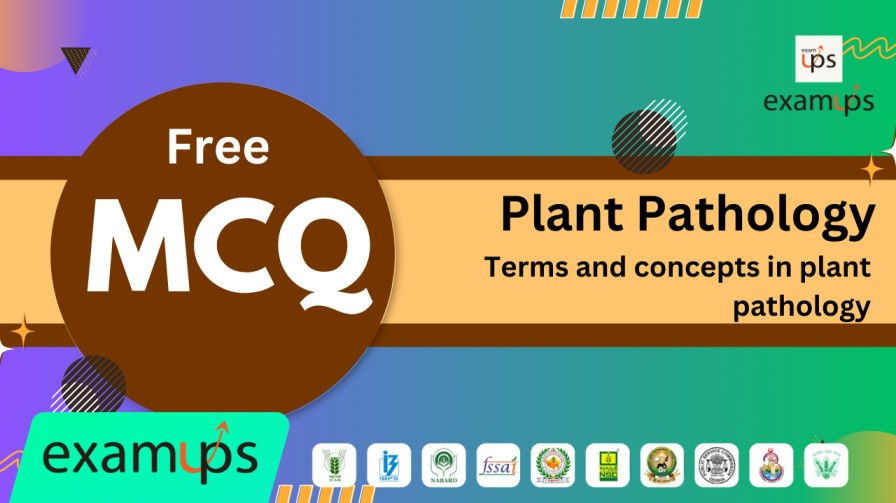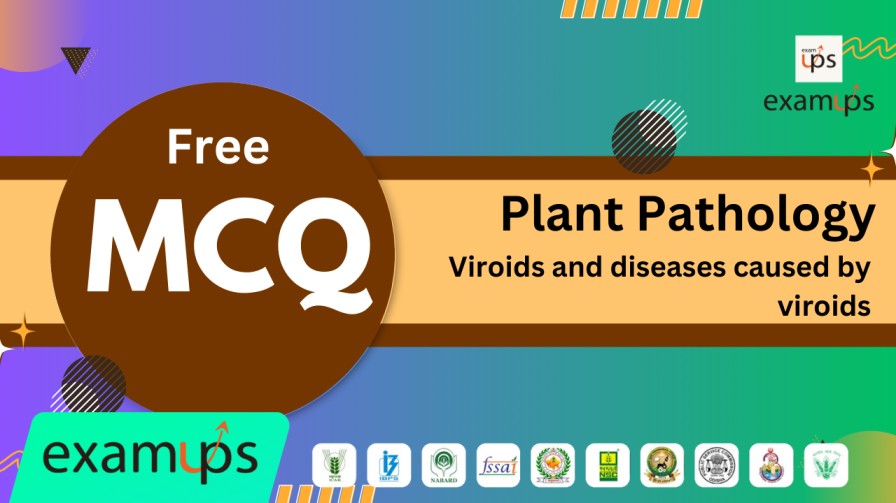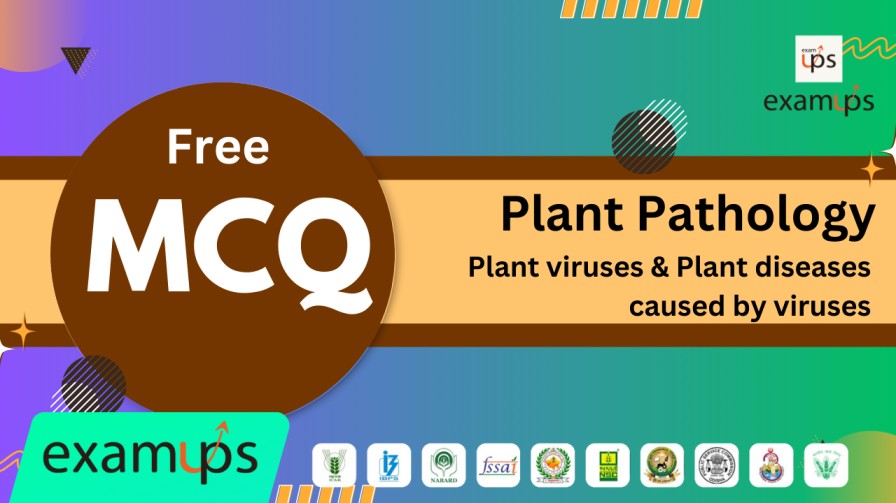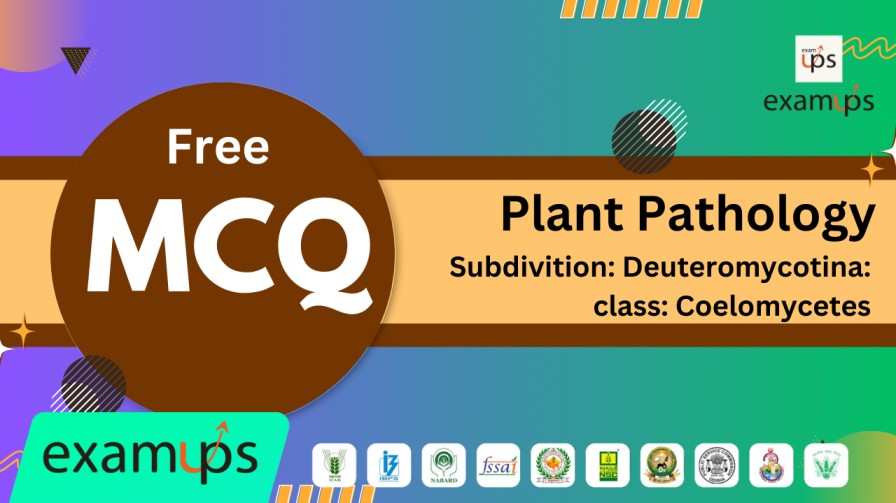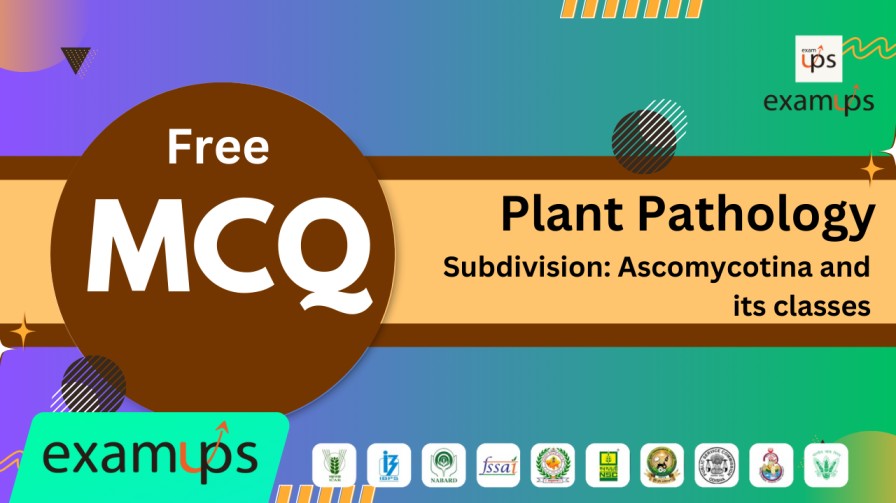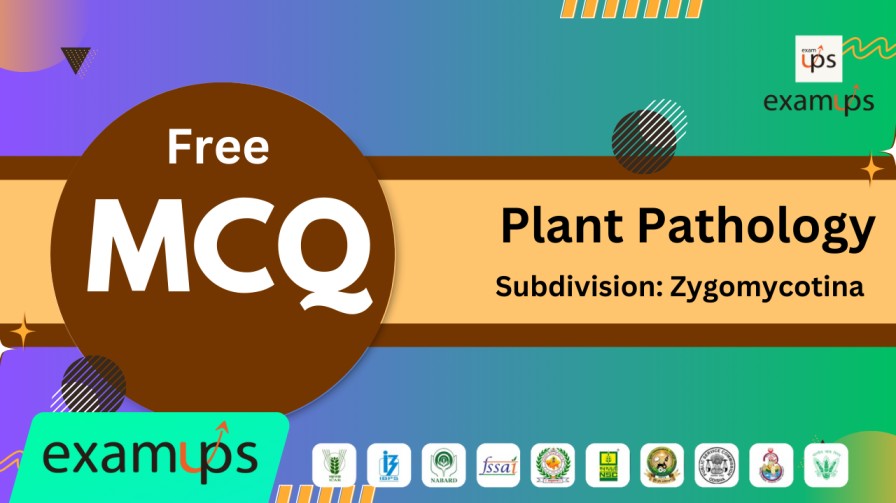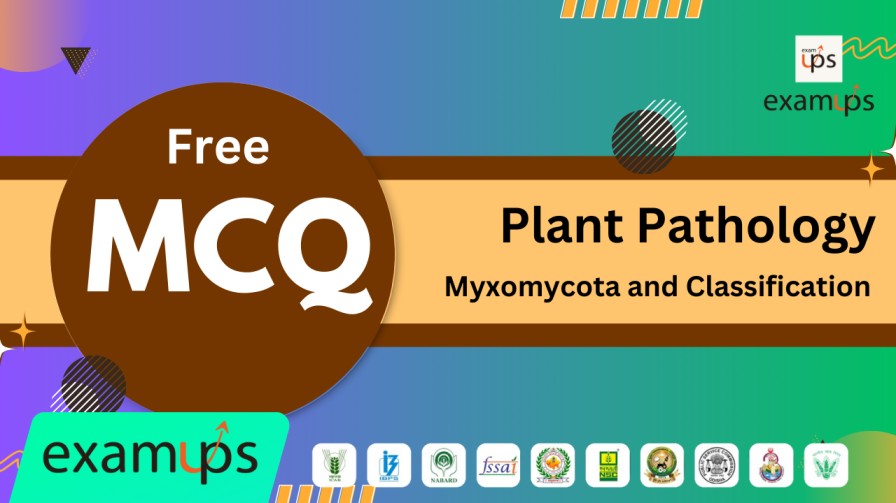MCQ on Terms and concepts in plant pathologyMCQ on Terms and concepts in plant pathology
MCQ on Terms and concepts in plant pathology 1. What is plant pathology? A) Study of biotic and abiotic agents causing diseases in plants B) Study of plant growth C)







